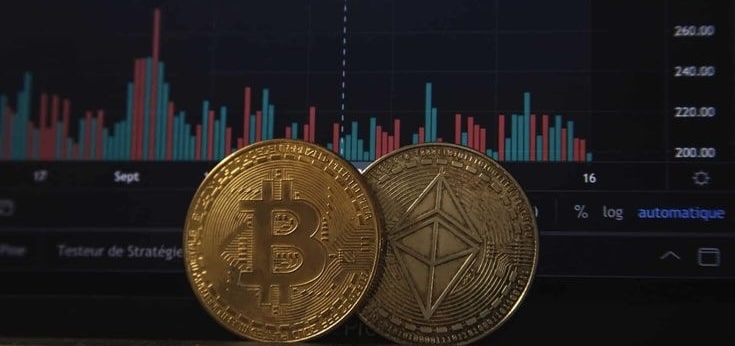Ki Young Ju, a well-known analyst and CEO of CryptoQuant, has advised Bitcoin traders not to worry too much about governments selling their Bitcoin holdings. In a recent post, he explained that the BTC selling volumes by governments are very small compared to the total money entering the Bitcoin market. Despite governments around the world selling some of their Bitcoin, these sales make up only a tiny fraction of the market’s total activity. Therefore, despite these sales, the larger market dynamics remain largely unaffected, and traders should not be overly concerned about this aspect of the market.
According to Ki, although $224 billion has flowed into the Bitcoin market since 2023, the Bitcoin that governments have seized and sold only amounts to about $9 billion. This is just 4% of the total market activity, which suggests that government sales of Bitcoin should not cause panic among investors. Ki emphasizes that the scale of government Bitcoin offloading has been overestimated and should not sway traders’ strategies.
Ki’s comments come at a time when market sentiment is near “extreme fear,” but he believes the fear is exaggerated and encourages traders to stay calm and not make impulsive decisions based on these government actions. His perspective provides a level-headed approach to navigating the Bitcoin market’s ups and downs, suggesting that looking at the bigger picture is crucial for making informed trading decisions.
BTC Selling Volumes: The Disproportionate Scale of Market Inflows and Government Sales
The “supertrend floor” in the Bitcoin market is currently at $52,000, close to Bitcoin’s recent trading prices. This level is a key indicator used by traders to gauge market trends. Additionally, traditional bull market support levels, which include the 200-day moving average and Bitcoin’s short-term holder cost basis, are positioned higher at $58,550 and $64,175, respectively.
Recently, according to data from TradingView, Bitcoin experienced a significant drop in value, reaching a four-month low of $53,500 on July 5. However, it quickly made a partial recovery, climbing approximately $3,000 by the following day. Such dramatic fluctuations in price are common in the cryptocurrency markets, where values can shift markedly in very short spans of time.
This revelation is particularly interesting as it contrasts the common fear that government actions could heavily influence the market. Ki Young Ju of CryptoQuant notes that these government sales, while notable, do not significantly sway the broader market trends, which are largely shaped by other factors such as investor sentiment, market speculation, and institutional engagement.
BTC Selling Volumes: Impact on Bitcoin and Ethereum
While Bitcoin remains the primary focus of these findings, the implications extend to other major cryptocurrencies, such as Ethereum. Trends seen in Bitcoin selling volumes often spill over into Ethereum and other altcoins, indicating that low government interference might benefit the broader crypto ecosystem. The stability in Bitcoin’s market dynamics often translates into confidence among investors across the board, from BTC to ETH, fostering a healthier market environment.
BTC Selling Volumes: Keeping Updated with Crypto Trends
This indicates a relatively stable investment environment where government decisions do not result in drastic market shifts for everyday investors and the public. This is especially significant in an era when the lines between traditional finance and digital assets are increasingly blurred.
In summary, while the cryptocurrency market continues to attract substantial capital, the influence of government transactions on major currencies like Bitcoin and Ethereum remains limited. According to sources, this environment provides a fertile ground for investors who are looking for stable opportunities in a fast-growing market. Stay connected to The BIT Journal for more insights and updates on BTC Selling Volumes.




























